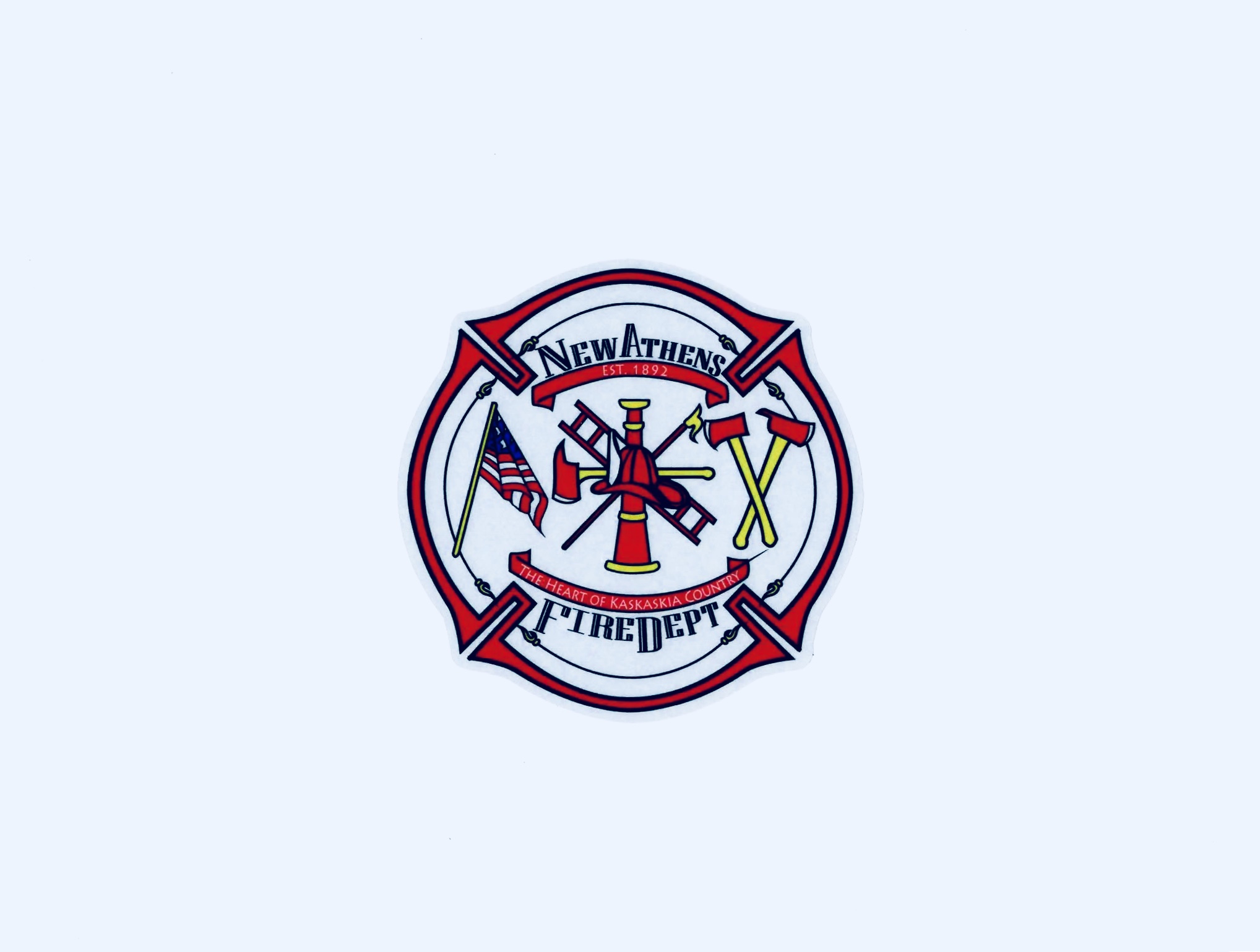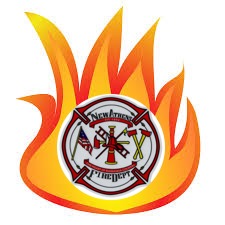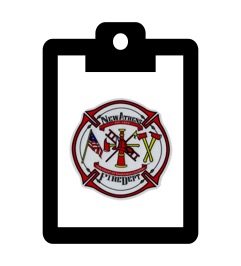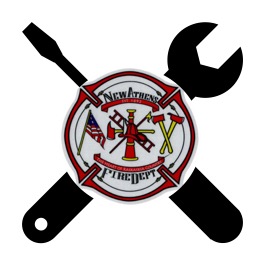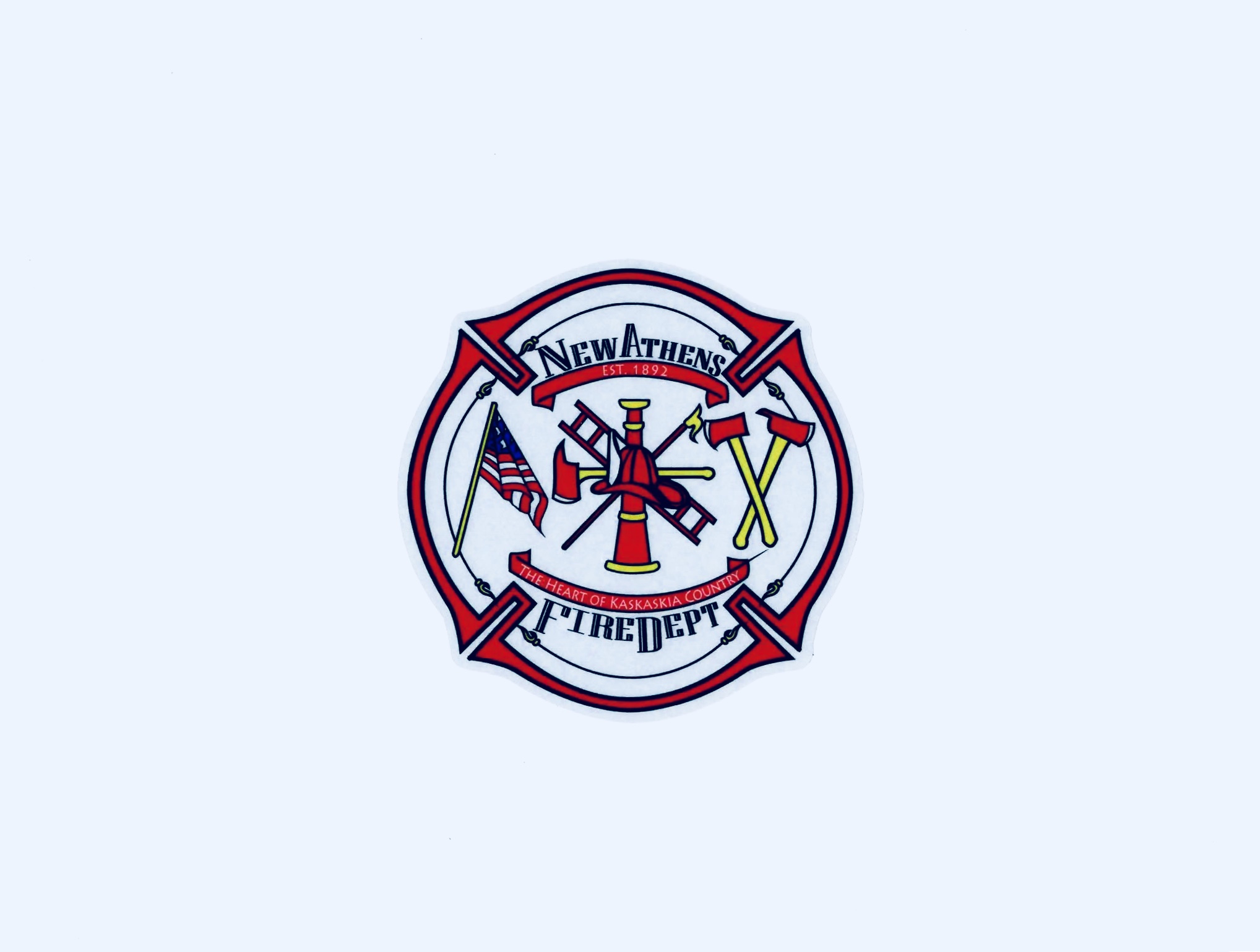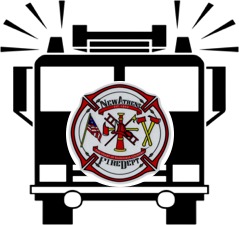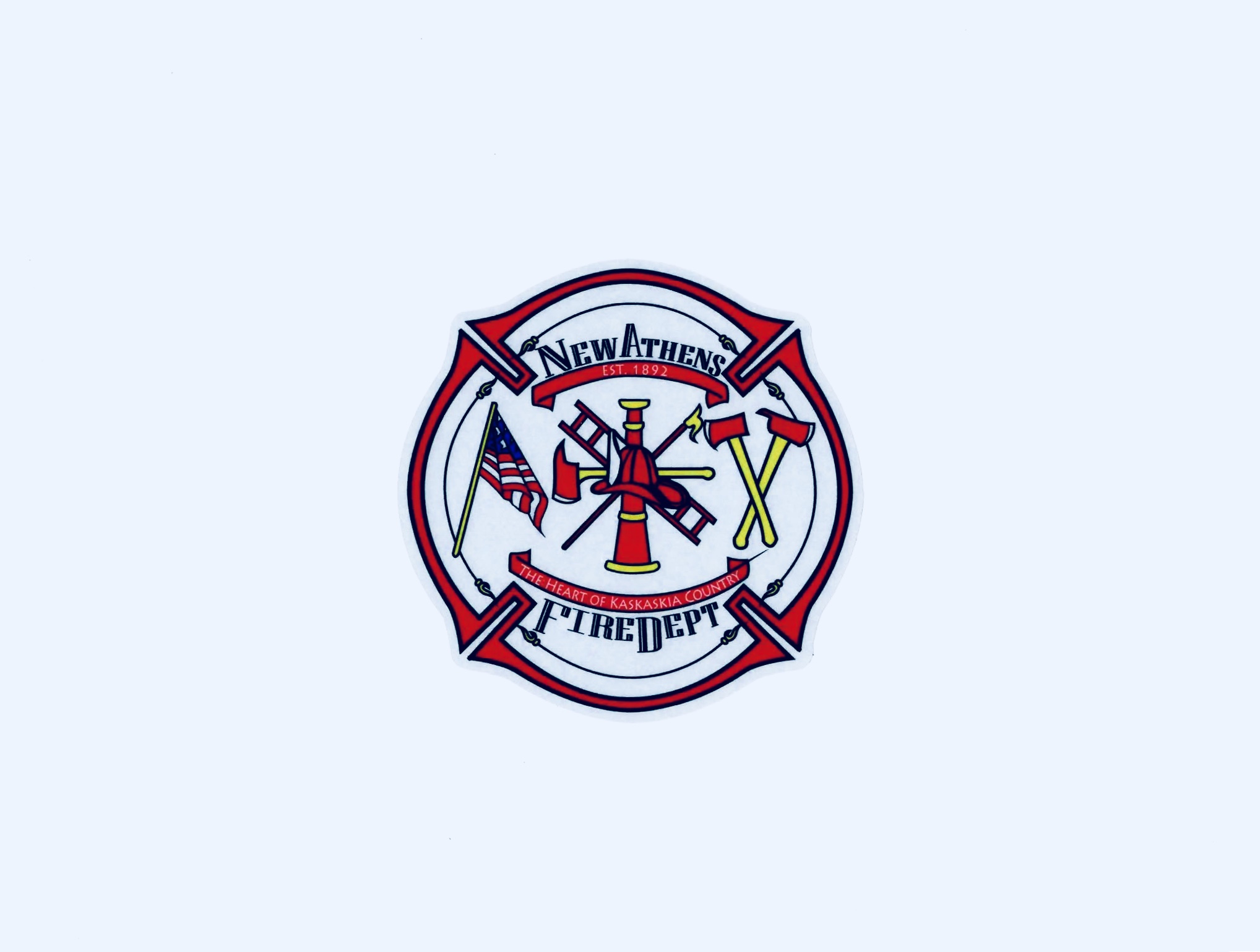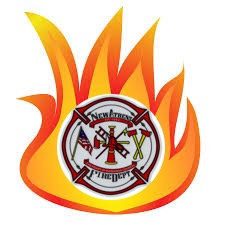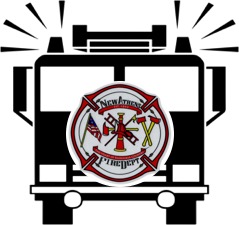Information
-
Conducted on
-
Personnel
-
Type of Call
- Brush
- CO
- Helicopter LZ
- Medical Disaster
- Missing Person
- Motor Vehicle Rescue
- Rope Rescue
- Structure & Miscellaneous Fire
- Trench Rescue
-
4018 to the Head of the Fire
-
Select date
-
4017 Establishes an Advantageous Anchor Point of the Fire
-
Select date
-
Cover All Exposures
-
Select date
-
Assign Deputy Command or Operations Chief
-
Select date
-
Water Re-Supply of Brush Trucks
-
Select date
-
Establish Personnel Rehab Area
-
Select date
-
Establish Personnel Staging Area
-
Select date
-
Personnel Accountability
-
Select date
-
Initiate Cause & Origin Investigation
-
Select date
Questions to ask occupants: Are any members of the household feeling ill?
-
Headache
- Yes
- No
-
Nausea
-
Shortness of Breath
-
Fatigue
-
Dizziness
-
Confusion
-
If the response to any of the above was "yes" have the occupant evaluated by EMS
-
Do you feel better when away from the house?
-
What appliances were on at time of activation?
- Gas Dryer
- Furnace
- Fireplace
- Gas Space Heater
- Gas Hot Water Heater
- Stove/Oven
- Other
-
What appliances were in use for the last 24 hours?
- Gas Dryer
- Furnace
- Fireplace
- Gas Space Heater
- Gas Hot Water Heater
- Stove/Oven
- Other
Gas Detection Meter Checklist
-
Outside Reading
-
Upon Entering
-
Space Heater
-
Hot Water Heater
-
Gas Refrigerator
-
Stove/Oven
-
Gas Dryer
-
Garage
-
Furnace
-
Chimney
-
Fireplace
-
CO Detector
CO Detector Information
-
Make
-
Model
-
Serial #
-
Firefighter handling CO monitor
-
Officer completing checklist
-
Assign Ground Contact- IREACH Frequency on the VHF System
-
Select date
-
Avoid Brush Taller Than Knee High
-
Select date
-
Firm and Flat Surface- No More Than 5 Degree Slope
-
Select date
-
100’ x 100’ LZ
-
Select date
-
Clearance of Overhead Wires- Park Vehicles Under Lines If Possible
-
Select date
-
Shut Down Both Traffic Lanes on Roadways
-
Select date
-
Keep Vehicle Emergency Warning Lights On
-
Select date
-
Use Strobe Lights to Mark the LZ- Crossing the Headlights of Two Vehicles Can Mark the LZ Too
-
Select date
-
Attempt to Illuminate Wires, Trees, Poles, or Other Obstructions
-
Select date
-
Remove All Loose Items and Debris from the LZ
-
Select date
-
Patients Needing Decontamination Must Be Decontaminated Prior to Loading
-
Select date
Information Provided to the Pilot- Use Compass Directions
-
Landing Zone Description (Parking Lot, Roadway, Field)
-
Establish GPS Coordinates
-
Surroundings (Trees, Buildings, Fences)
-
Obstacles or Hazards (Wires, Poles, Towers)
-
Surface Winds (Calm, Light, Variable, Gusting)
-
Clearest Path of Approach
-
No Personnel Within 100’- Bystanders 200’+
-
Only Approach from the Front and Only When Signaled by the Crew
-
Hold Nothing Above the Shoulder
-
Do Not Attempt to Open or Close Aircraft Doors
-
Secure Hats and Helmets
Radio Announcement on Fireground Channel
-
Secure All Loose Items Including Hats and Helmets
-
Do Not Give Hand or Light Signals
-
Only Approach the Aircraft From the Front and Only When Signaled by the Crew
-
Consult the On-Scene Medical Personnel to Establish if a Medical Disaster Exists
-
The Southwestern Illinois EMS Region defines a medical disaster as any incident that produces casualties in such numbers that the routine methods for patient care are not adequate. The region goes on to define a major medical disaster as an incident requiring resources beyond the capacities of one Resource Hospital and its system hospitals within the region.
-
Strike a 4th Alarm on the Vehicle or Machinery Rescue Call Type- Special Request EMS First Responders
-
Establish an EMS Branch - Separate Rescue and Fire Suppression Operations from Triage and EMS Transportation Operations and Appoint an EMS Branch Director, Triage Officer, and EMS Staging/Transportation Officer.
-
Establish a Triage Group Under the EMS Branch- Assign a Separate Triage Officer
-
Establish an EMS Staging Group Under the EMS Branch- Assign a Separate EMS Staging Officer
-
EMS Communications Shall Be Established- If No Other Workable Talk Group/Frequency Is Established, Establish EMS Staging and Transportation on VHF Merci 340 (155.340).
-
Notify the Memorial Hospital Emergency Room @ 257-5840
-
Notify CENCOM via Radio Over the Dispatch Talkback Talk Group (Fire Common 1)
-
Notify New Athens ESDA via CENCOM (Only if the Incident Lies Within the Village of New Athens Village Limits)
-
Report the Number and Condition of Patients to Memorial Hospital and Give Updates.
-
Inquire from Memorial Hospital if the RMERT Team is responding. The RMERT Team will assume triage responsibilities upon its arrival.
-
Request Air Ambulance and Additional Ground Ambulances If Needed
-
Notify Memorial Hospital When the Last Patient Is Transported
Age
Medical Condition
Number of Subjects
Weather Profile
Equipment Profile
Subject Experience Profile
Terrain and Hazards Profile
History
-
Add up the sum of the questions and compair it with the chart below.
Appropriate Response to Urgency Ratings
Factor Sum Response
8-12 Emergency Response
13-18 Measured Response
19-24 Evaluated Response
25-27 Search Situation or Missing Person -
Apparatus Approach & Placement
-
Assess Hazards- Utilities, Fuel, Airbag Deployment
-
Lookup Hazards- Utilize the EX App to Identify Vehicle Hazards
-
Establish Rescue Priorities & Numbers
-
Air Ambulance Necessity
-
Vehicle Stabilization
-
Rescue Tool Deployment
-
Deploy Fire Protection
-
Scene Lighting
-
Report EMS on the Scene
-
Report Patients Extricated and In the Hands of EMS
-
Report Law Enforcement on the Scene
-
Report Tow Service on the Scene
-
Establish Personnel Rehab Area
-
Establish Personnel Staging Area
-
Confirm KV Task Force Notification
-
Determination of the Scope, Magnitude, and Nature of Incident
-
The Exact Location of Incident
-
Risk vs. Benefit Analysis- Rescue or Recovery
-
Identification of Scene Access
-
Identification of Environmental Factors
-
Available and Needed Resources- Consider 2nd Alarm Response
-
Determine the Ability to Contact Victim
-
Identify and Remove Hazards
-
Appoint Operations Chief & Safety Officer- Qualified to the Level of the Incident
-
Engine & Aerial Placement
-
Primary Search Initiated
-
Primary Search/Rescue Completed
-
Defensive or Offensive Attack
-
Assign Deputy Command/Operations
-
Water Supply
-
Fire Department Connection
-
Check & Cover Exposures
-
Assign Safety Officer
-
Assign RIT Team
-
Secondary Search Initiated
-
Secondary Search Completed
-
Exterior Lighting
-
Establish Personnel Rehab Area
-
Establish Personnel Staging Area
-
Personnel Accountability
-
Ventilation
-
Control of Utilities
-
Utility Companies Notification
-
Report Fire Under Control
-
Assess CO Levels
-
Interior Lighting
-
Assign Salvage Operations
-
Initiate Cause & Origin Investigation
-
Confirm KV Task Force Notification
-
Available and Needed Resources- Consider 2nd Alarm Response
-
Limit Access to the Trench
-
Do NOT Allow Personnel to Enter the Trench
-
Approach the Trench from Ends to Recon
-
Place a Ladder in the Trench for Victims to Self-Rescue
-
Beware Of Secondary Collapses
-
Stop All Sources of Vibration within 300’
-
Set Up Ground Pads to Stand On Around the Trench Lip
-
Move Spoils Pile At Least 2’ Back From the Trench Lip
-
Locate the Victims’ Position
-
Mark the Victims’ Location- Score Ground on Both Sides
-
Estimate or Measure Depth of the Victims
-
Interview Co-Workers to Determine the Victims’ Last Position
-
Appoint Operations Chief & Safety Officer- Qualified to the Level of the Incident
